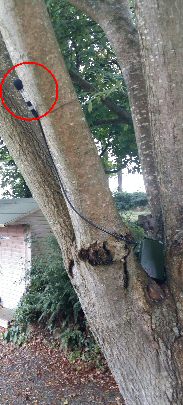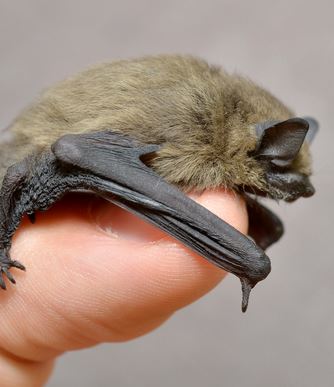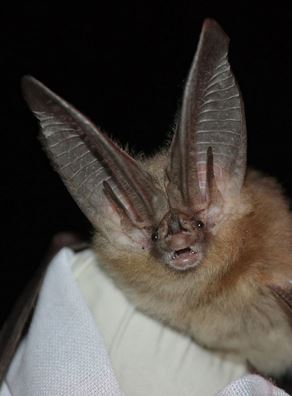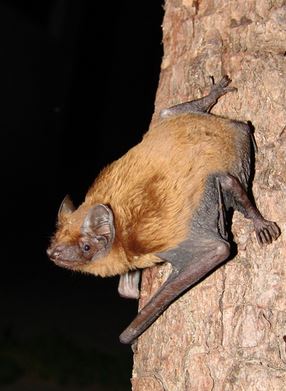Here in the rural upper reaches of the Tamar Valley we are very proud of our distinctive wildlife. Last year we were pleased to be part of an initiative from the Devon Greater Horseshoe Bat project through which we borrowed a bat detector. The results were more than a little surprising!
| The bat detecting devices switch on around the times of day where bats are most active, and listen in for the ultrasound sounds they make while hunting. You can see from our photo that a long microphone stretches from the recording box. Apparently, different species of bat emit different frequencies, so with an expert on hand to analyse the recordings, we were able to find out which bats flew past our detector. The results were not what we were expecting. |  |
The bad news is that sadly, no Greater Horseshoe bats were detected in our grounds. This marvellous species is rapidly in decline, so we were sorry to hear that we’re not treating any of them to our Tamar Valley Cottages hospitality!
However, up to 10 different species of bats were detected – that is staggering, bearing in mind there are only 18 species of bat resident in the UK.
Not only that, but bats of one species or another flew past our detector more than 1200 times during the 3 nights our detector was in operation.
We always knew we had some bats around. Our cottages are set in the grounds of our old Victorian vicarage, and we have seen them leaving the eaves of the old house, and from the barns we have nearby (don’t worry – none in the cottages themselves!). However, we didn’t realise that we had such a wide and plentiful range of bats.
If you’re in Devon and you fancy being a part of the next survey, visit the link here.
For a breakdown of the types of bats that were detected in our grounds… read on!
The following species were detected, with the number of ‘bat passes’ next to them.
| Common pipistrelle – 648 – Other Pipistrelle species – 248 – Soprano pipistrelle 200 The pipistrelle is the smallest and most common bat in the UK. It can be found almost anywhere – towns, woodlands, fields! The Soprano Pipistrelle, as the name suggests, is a type of Pipistrelle with a higher pitched call. |  |
Daubenton’s bat – 69
We were particularly pleased to know we are visited by Daubenton’s bats. They are known for hunting over water, and the only significant water near us (as our name suggests) is the Tamar river – quite small and slow moving in these upper parts. These bats scoop insects off the surface using their tails and claws.
Whiskered or Brandt’s – 34 – Other Myotis species 27
These two species are basically indistinguishable (other than by testing their DNA!). They both have shaggy fur and tend to be found in very rural areas. The figure for Myotis species includes the calls that couldn’t quite be identified as one or the other.
 | Brown long−eared – 21 This is another bat we were rather pleased about. These bats have ears that are as long as their bodies, and their excellent hearing means they are not so dependent on echolocation. Often found hunting in gardens and around hedgerows – they must love our grounds! |
Natterer’s – 20
A medium sized bat that is a real flying expert! Their aerial acrobatics mean they can hunt very close to vegetation and woodland, making dense forest a great hunting spot.
| Noctule – 10 – Leisler’s or Noctule – 8 These two bats are the largest that were detected but still small enough to easily fit in the palm of your hand. Again, these two species are more or less impossible to tell apart, as they are physically incredibly similar and have a similarly pitched call. The Noctule tends to hunt over open land and pasture (we are surrounded by fields and meadows), while the Leisler’s are often found in woodland. |  |




